How Gravity Works

Hi, I’m Rachel. The Astronomer at the Space Centre.
Just old enough to walk, I vividly remember sitting on my brother’s toy fire truck, honking the horn and generally just having the time of my life; that is, until my brother came along, shoved me off, and I went tumbling to the ground – this was my first (memorable) experience with gravity. Since then, I’ve embraced my inner adventurer and have gone bungee jumping, skydiving, and oodles of other adrenaline-pumping activities. But the question of gravity always stuck with me. What is this invisible force that pulls me to the ground – even from great heights – and shapes both the small- and large-scale structures of our universe?
My quest to find out more about this formidable force of nature landed me in a combined physics and astronomy degree at UBC. In lectures, I followed the footsteps of great scientists: to the reasoning of Galileo as he dropped spheres of different masses from the Leaning Tower of Pisa (starting in 1589); to Newton (1687) using mass to describe gravity and his approximation of the inverse-square law of universal gravitation (I.e. the force is stronger between objects that are closer together); then finally, to the genius of Einstein’s general theory of relativity (1915) that said gravity arises from the curvature of spacetime – a pseudoforce – meaning that it walks and talks like a force, but it doesn’t arise from the (direct) interaction between objects. Instead, it arises directly from the curvature of (the fabric of) spacetime, caused by the uneven distribution of mass.
Each of these theories of gravity builds upon the last.
Anything that has mass and is accelerating will generate gravitational waves. That means, as I fell off my brother’s fire truck and accelerated towards the ground, I was making ripples in the fabric of spacetime (albeit, very tiny ones). Since the gravitational waves emitted by things on Earth are far too small for researchers to detect, they started looking out into the cosmos for merger events between the most massive objects in our universe – black holes and neutron stars.
Before the invention of the telescope (and the microscope!) during the Renaissance, astronomy was limited to observing the night sky with the naked eye alone. We did a pretty good job – the stars were used to track the seasons and trace out patterns of the Sun, Moon, and planets. Then, by the end of the 20th century, we had harnessed the power of the telescope and began studying stars and galaxies across the entire electromagnetic spectrum – all energies of light. But the universe talks to us in so many ways; every time we find a new way of listening, we uncover more about our universe. In 2015, the LIGO and Virgo collaborations had their first direct detection of gravitational waves, revealing another way of listening to our universe through both waves of light and gravity!
To help explain these concepts at every step of the way, I’ve curated a list of resources that you can try from the comfort of your own home:
Astronomer’s playlist
Time
Junior Activities
2 mins
Get inspired and watch an astronaut recreate Galileo’s experiment on the Moon.
Ask yourself: Which do you think will land first – the hammer or the feather?
15 mins
Discover more about an object’s centre of gravity with this video.
Ask yourself: How does changing your centre of mass/gravity affect your balance?
15 mins
Discover more about Galileo’s experiments.
Ask yourself: What surprised you the most about Galileo’s experiments?
20 mins
Try these experiments.
Ask yourself: Can you make a prediction about what will happen in each experiment based on your understanding of gravity?
15 mins
Share what you learned by explaining the gravity water cup drop experiment to someone. Watch the Sci Guys video for a little help explaining the concepts.
Ask yourself: What was the hardest part of the experiment to explain to someone?
Time
Senior Activities
2 mins
Get inspired and watch an astronaut recreate Galileo’s experiment on the Moon.
Ask yourself: Why might the results of this experiment be different than if the experiment was done on Earth?
30 mins
Discover more about how gravity affects the physics of rocket launches.
Ask yourself: How would an understanding of Galileo’s canon experiment help you with launching a rocket into space?
20 mins
Make a prediction about the effect of gravity on objects of different masses as they fall with this graphing activity.
Ask yourself: Can you recreate these events with objects in your home?
Hours!
Discover more about Einstein’s theory of General Relativity. This website has lots of resources.
Ask yourself: What are the questions you still have about gravity?
60 mins
Experiment with how changing the mass of an object affects the path light takes with this Gravitational Lensing interactive. (Note: look for the Gravitational Interaction link on the web page.)
Ask yourself: How do you think this information might be useful for astronomers?
Hours!
Apply your new knowledge by helping astronomers search for gravitational waves at the Zooinverse Gravity Spy site.
Ask yourself: What was your biggest surprise about analyzing data?

